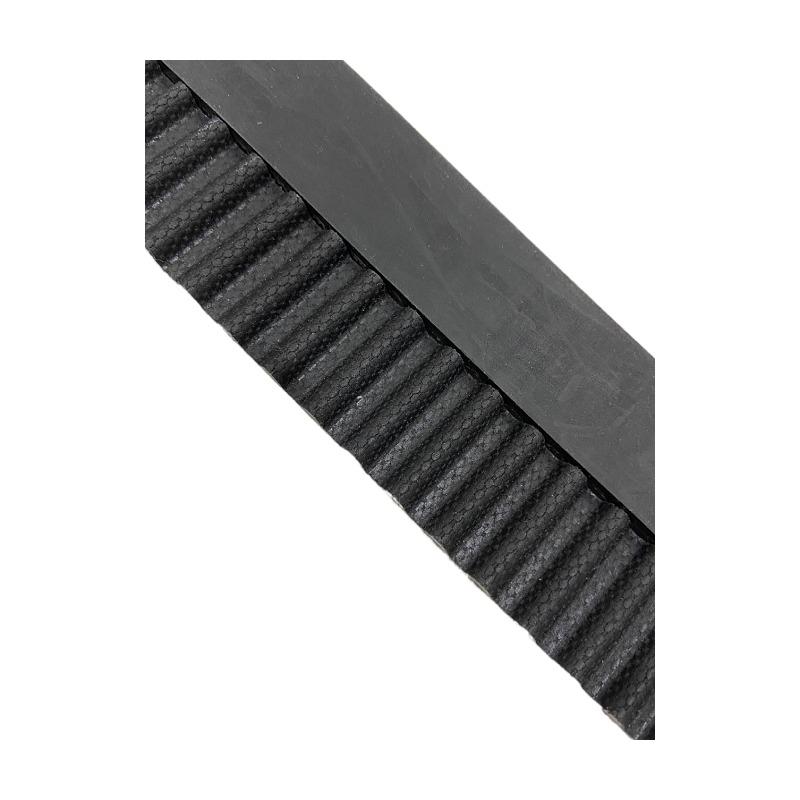- Arabic
- French
- Russian
- Spanish
- Portuguese
- Turkish
- Armenian
- English
- Albanian
- Amharic
- Azerbaijani
- Basque
- Belarusian
- Bengali
- Bosnian
- Bulgarian
- Catalan
- Cebuano
- Corsican
- Croatian
- Czech
- Danish
- Dutch
- Afrikaans
- Esperanto
- Estonian
- Finnish
- Frisian
- Galician
- Georgian
- German
- Greek
- Gujarati
- Haitian Creole
- hausa
- hawaiian
- Hebrew
- Hindi
- Miao
- Hungarian
- Icelandic
- igbo
- Indonesian
- irish
- Italian
- Japanese
- Javanese
- Kannada
- kazakh
- Khmer
- Rwandese
- Korean
- Kurdish
- Kyrgyz
- Lao
- Latin
- Latvian
- Lithuanian
- Luxembourgish
- Macedonian
- Malgashi
- Malay
- Malayalam
- Maltese
- Maori
- Marathi
- Mongolian
- Myanmar
- Nepali
- Norwegian
- Norwegian
- Occitan
- Pashto
- Persian
- Polish
- Punjabi
- Romanian
- Samoan
- Scottish Gaelic
- Serbian
- Sesotho
- Shona
- Sindhi
- Sinhala
- Slovak
- Slovenian
- Somali
- Sundanese
- Swahili
- Swedish
- Tagalog
- Tajik
- Tamil
- Tatar
- Telugu
- Thai
- Turkmen
- Ukrainian
- Urdu
- Uighur
- Uzbek
- Vietnamese
- Welsh
- Bantu
- Yiddish
- Yoruba
- Zulu
Δεκ . 09, 2024 22:31 Back to list
Cost Analysis of Engine Belt Replacement and Maintenance Options
Understanding Engine Belt Costs Factors and Considerations
When it comes to maintaining and repairing vehicles, engine belts play a crucial role in ensuring the smooth functioning of the engine. These belts, often made of rubber or composite materials, help drive various components such as the alternator, water pump, power steering pump, and air conditioning compressor. Understanding the costs associated with engine belts can be essential for vehicle owners looking to maintain their cars efficiently.
Types of Engine Belts
There are primarily two types of engine belts serpentine belts and timing belts.
1. Serpentine Belts These are long, continuous belts that wrap around multiple engine components. They are designed to drive most of the auxiliary systems in a vehicle. The cost of a serpentine belt typically ranges from $25 to $75, depending on the make and model of the vehicle, as well as the brand of the belt itself.
2. Timing Belts These are crucial for synchronizing the rotation of the engine’s crankshaft and camshaft. A timing belt failure can lead to significant engine damage, making timely replacements critical. Costs for timing belts are generally higher, ranging from $300 to $1,000, depending on the vehicle. This variance in price is often due to the complexity of the installation process, which may require extensive disassembly of engine components.
Factors Influencing Engine Belt Costs
Several factors can affect the overall cost of engine belts
engine belt cost

1. Vehicle Make and Model Different vehicles have different requirements regarding engine belts. High-performance or luxury vehicles often have more expensive belts and installation costs due to the need for specialized parts and expertise.
2. Brand of the Belt OEM (Original Equipment Manufacturer) belts typically come at a premium compared to aftermarket options. While OEM belts are designed to match the specifications of the vehicle, aftermarket products can offer a more budget-friendly alternative, albeit with varying degrees of quality.
3. Labor Costs The cost of labor is a significant factor when replacing engine belts. Depending on the service center's hourly rate and the complexity of the job, labor costs can add substantially to the total fee. Some repairs may only take a couple of hours, while others may require more intensive work, particularly if the timing belt needs to be replaced.
4. Additional Repairs During a routine inspection or replacement of engine belts, mechanics may discover other issues that require attention. For instance, if a timing belt needs replacement, adjacent components such as water pumps or tensioners may also need to be replaced, leading to higher overall costs.
Importance of Regular Maintenance
Regular maintenance of engine belts is crucial for preventing costly repairs down the line. Vehicle owners should at least inspect their belts every 30,000 miles, and replace them according to the manufacturer’s recommendations. Neglecting belt maintenance can lead to breakdowns and additional damage to the engine, resulting in even higher repair costs.
Conclusion
Understanding the costs associated with engine belts is essential for vehicle owners who wish to maintain their cars effectively. By considering the type of belt, the vehicle's make and model, labor costs, and potential additional repairs, owners can make informed decisions about their vehicle maintenance. Investing in quality engine belts and adhering to a regular maintenance schedule can ensure the longevity and reliability of a vehicle, ultimately saving owners both time and money in the long run.
-
Korean Auto Parts Timing Belt 24312-37500 For Hyundai/Kia
NewsMar.07,2025
-
7PK2300 90916-T2024 RIBBED BELT POLY V BELT PK BELT
NewsMar.07,2025
-
Chinese Auto Belt Factory 310-2M-22 For BMW/Mercedes-Benz
NewsMar.07,2025
-
Chinese Auto Belt Factory 310-2M-22 For BMW/Mercedes-Benz
NewsMar.07,2025
-
90916-02660 PK Belt 6PK1680 For Toyota
NewsMar.07,2025
-
drive belt serpentine belt
NewsMar.07,2025

